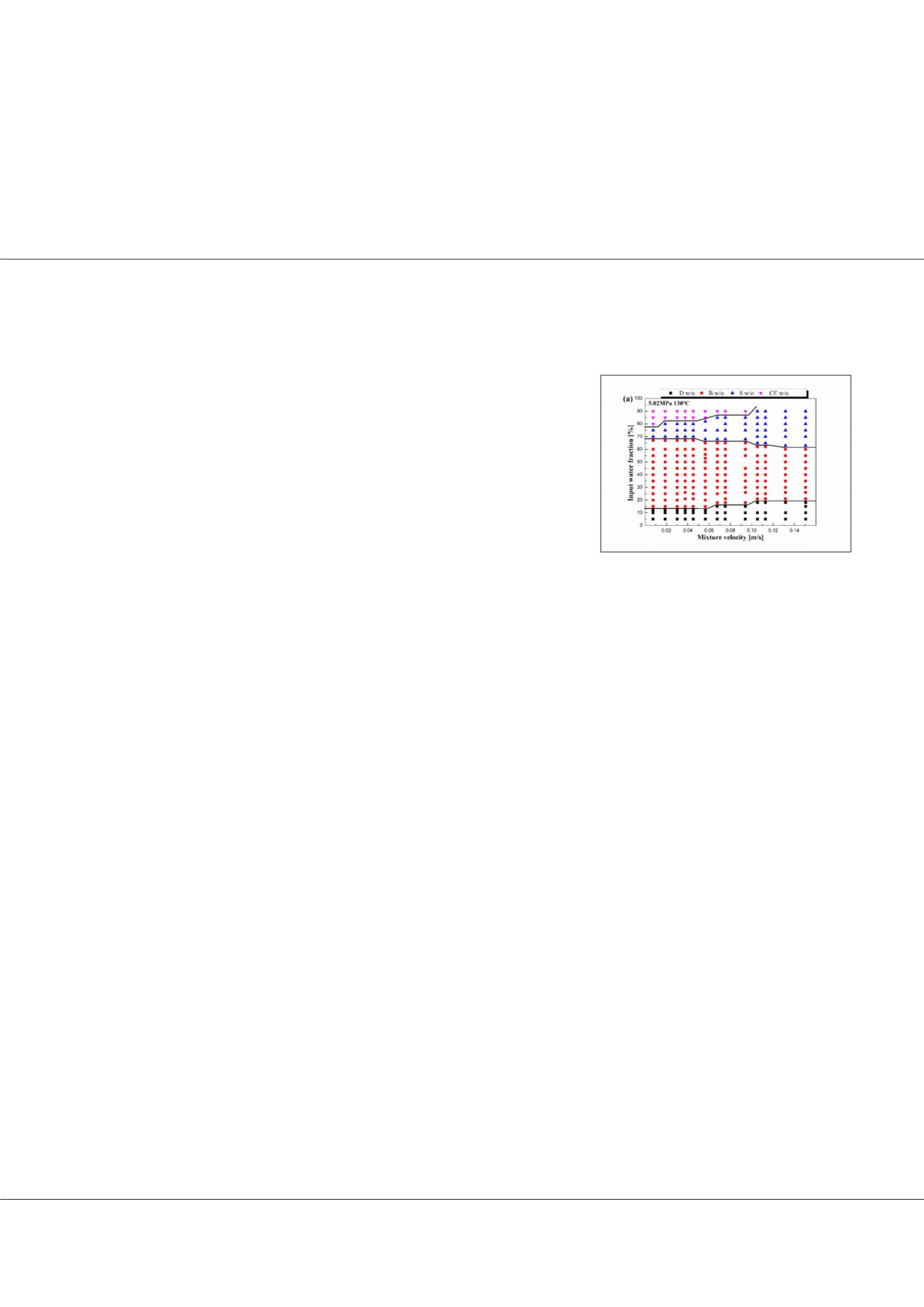

Page 24
Notes:
conferenceseries
.com
Volume 5
Journal of Environmental Analytical Chemistry
Green Chemistry Congress 2018
July 19-20, 2018
July 19-20, 2018 Melbourne, Australia
5
th
World Congress on
Green Chemistry and Green Engineering
Heavy oil-water two-phase flow characteristics in a vertical pipe
Jixiang Guo and Yuqi Yang
Enhanced Oil Recovery Institute, China
O
il-water two-phase flow widely exists in the oil industry with environment of
high temperature and high pressure, such as oil exploitation, transportation
and refining. Despite the great progress about oil-water two-phase flow, it
seems clear that there is room for a great deal for more research on the effect of
temperature and pressure on heavy oil-water two-phase vertical flow pattern. The
goal of this study is to promote a better understanding of flow patterns of heavy
oil-water two-phase pipe flow, particularly, flow patterns under high temperatures
and high pressures. We conducted experimental measurements to examine the
upward oil-water flow patterns in a small diameter vertical pipe (0.01 m ID) under
high temperatures up to 130
o
C and high pressures up to 20 mPa. The viscosity of
the oil sample was 584.24 mPa-s and the density were 1.899 g/cm
3
at 30
o
C. All
the experiments were conducted with an in-house-built high pressure/temperature
flow apparatus. This apparatus is equipped with a view window that allows us to visually observe the upward flow patterns of oil-
water two-phase flow in a 0.01 m ID stainless steel pipe. The effects of pressure, temperature, Input Water Fraction (IWF) and
mixture flow velocity on the flow patterns were systematically investigated. We plot the observed flow patterns on a flow pattern
map in which input water fraction was used as the Y-axis and the mixture flow velocity was used as the X-axis. Based on the
measurement results, we can observe the following flow patterns water-in-oil dispersed flow (D w/o), water-in-oil Bubbly flow
(B w/o), water-in-oil Slug flow (S w/o), water-in-oil Creep Flow (CE w/o), churn flow (churn) and core Annual Flow (AF). Phase
inversion was not observed in this work. With an increase in temperature at a given input water fraction, S w/o, CE w/o and
churn flow with large water drops tended to transform into B w/o and D w/o with smaller water drops, the CE w/o disappears
gradually, and the boundaries in the flow pattern maps tend to occur at lower input water fraction values. The effect of pressure
on the flow patterns was found to be opposite to that of temperature. The possible causes leading to the changes in the flow
patterns subjected to pressure/temperature variations were provided in terms of changes in density ratio, interfacial tension and
viscosity ratio between oil and water.
Biography
Jixiang Guo has completed her Doctor degree of Chemistry Engineering and Technology from China University of Petroleum, Beijing. She is a Professor and
Doctoral Supervisor major in enhancing oil recovery. She has presided over several China’s major scientific research projects. She has published more than 40
papers in reputed journals and has been serving as an Editorial Board Member.
guojx002@163.comJixiang Guo et al., J Environ Anal Chem 2018, Volume 5
DOI: 10.4172/2380-2391-C1-002
Figure-1:
Flow pattern map based on input water
fraction and mixture velocity under 5.02 mPa at 130
o
C.
















